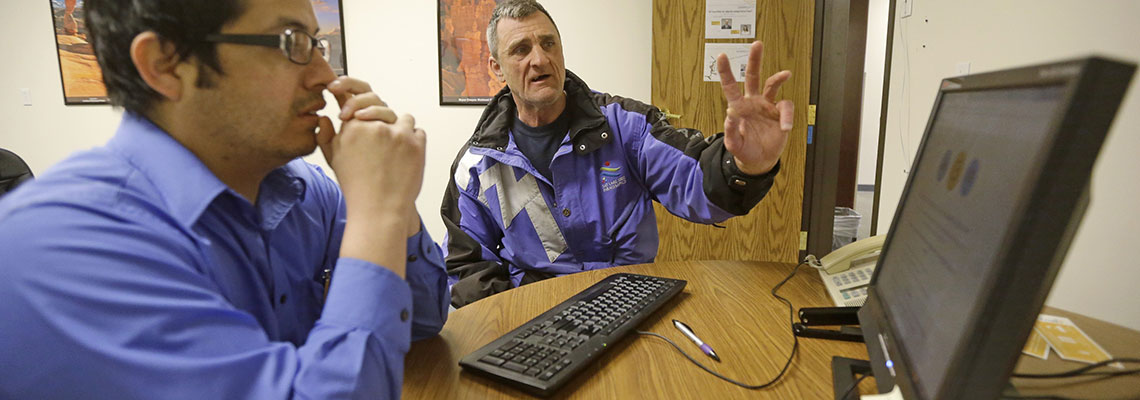
Recent headlines have focused on the trouble consumers have had trying to enroll on the federal healthcare.gov site in the days following the launch of the Affordable Care Act’s (ACA) health insurance exchanges (or “marketplaces”).
Despite debates over whether these troubles are just “glitches” to be expected of any new IT product launch (think Apple Maps!), or the result of fundamental design flaws, most everyone agrees that consumer interest in the ACA—measured by the heavy traffic to websites during the first week—has exceeded expectations. This provides cause for optimism that the ACA could reach the Congressional Budget Office’s enrollment estimate of 14 million newly insured individuals in 2014.
But the effectiveness of IT systems is just one factor that will affect whether this target is achieved. Other critical factors are the strength of outreach and marketing campaigns designed to raise consumer awareness of new coverage options, and application assistance programs that provide diverse populations with help in getting enrolled.
A new study by the Urban Institute, funded by the Robert Wood Johnson Foundation, describes early efforts in 10 states to design and implement these marketing and application assistance efforts. Our findings suggest that starkly different experiences could unfold across states in the coming year, differences due to the intensity of investment—both creative and financial—between those states that have embraced healthcare reform and established their own “state-based marketplaces” versus those that have resisted healthcare reform and deferred to the federal government to operate “federally facilitated (or partnership) marketplaces.”
For example, we found that state-based marketplaces have created innovative, multi-faceted marketing campaigns, supported by extensive market research and testing, to publicize new coverage programs. Cover Oregon’s TV commercials use a number of amusing folksy and hipster scenes that feel decidedly home-grown, including a plaid flannel-shirted young man strumming a guitar and singing “Long Live Oregonians” by the shore of a pristine lake.
MNSure program plays off the state’s motto for its campaign—Land of 10,000 Reasons to Get Health Insurance—and shows folklore icons Paul Bunyan and Babe the Blue Ox suffering a series of humorous accidents while water skiing, playing soccer, and ice fishing to emphasize the importance of having coverage.
Importantly, these states have also spent considerable time and federal grant money setting up extensive networks of application assistors—often called “navigators”—to help individuals and families sign up for health insurance either online, by phone, or in person. These networks build upon similar ones that have been used for years by state Children’s Health Insurance and Medicaid programs.
In contrast, states that have chosen to let the federal government run their marketplaces are also typically states where political resistance to the ACA has been strong. Not surprisingly, these states have not planned or implemented their own marketing campaigns, nor have they invested much in application assistance. Instead, these states—representing a majority of states across the nation—will rely on more generic national ad campaigns to publicize opportunities under the ACA, along with thinly funded navigator grants and volunteer efforts like Enroll America to conduct outreach and help consumers apply.
Time will tell how actual enrollment experiences will play out. But right now, it appears that some states are poised to have more positive experiences than others, due to their energetic and proactive investments in planning and implementing state-based marketing and outreach.
Tune in and subscribe today.
The Urban Institute podcast, Evidence in Action, inspires changemakers to lead with evidence and act with equity. Cohosted by Urban President Sarah Rosen Wartell and Executive Vice President Kimberlyn Leary, every episode features in-depth discussions with experts and leaders on topics ranging from how to advance equity, to designing innovative solutions that achieve community impact, to what it means to practice evidence-based leadership.